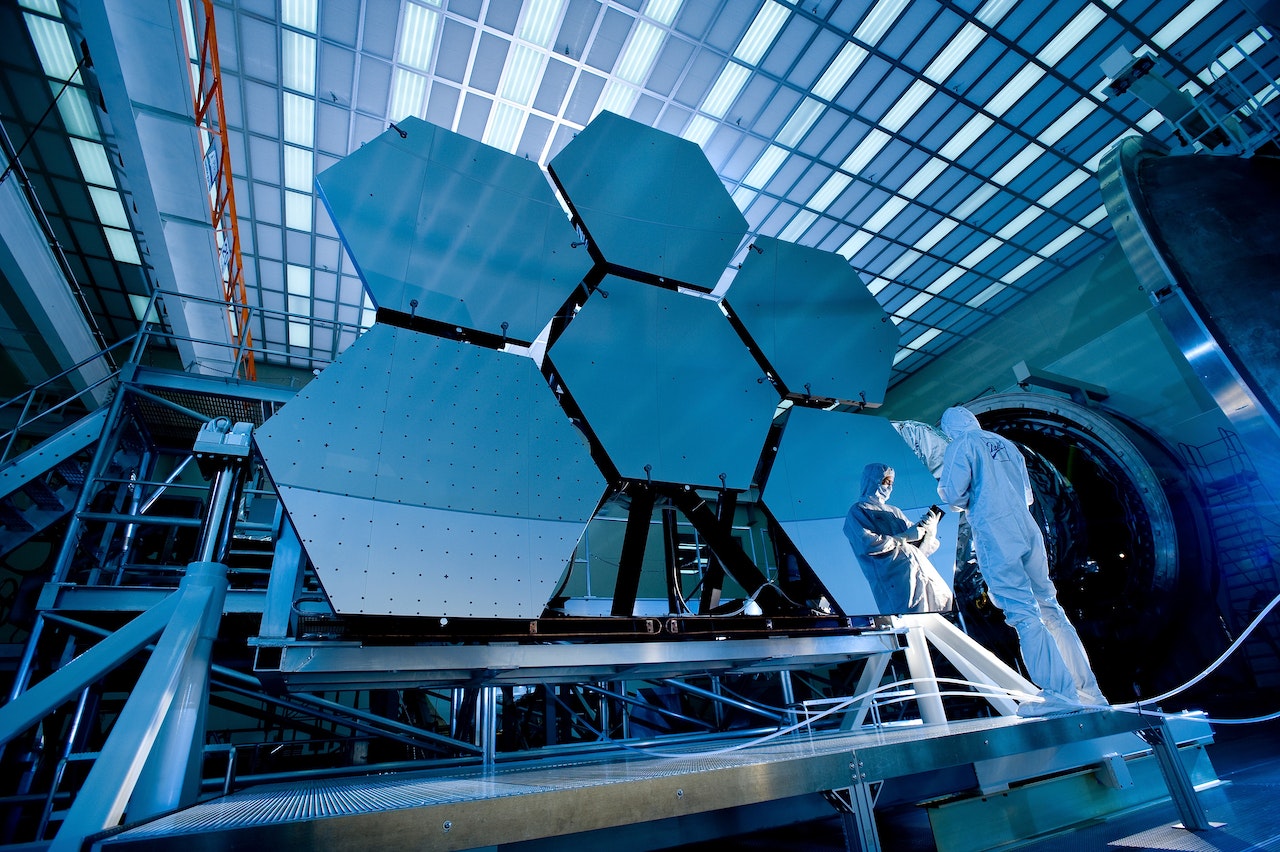Top 6 Development Trends To Watch In 2023
2022 has been an exciting one for the software development sector.
Author:James PierceReviewer:Elisa MuellerJan 08, 20238 Shares389 Views

2022 has been an exciting one for the software development sector. For starters, many technical developments helped solidify the role of cloud computing within IT infrastructures. These included advancements in containerization, edge computing, and serverless technologies. However, as we look ahead to 2023 and beyond, there are even more exciting developments on the horizon that will revolutionize how we build and manage our applications.
Containerization
In the next five years, you'll see more applications containerized.
Containerization is a way to package applications, deploy them and run them in an environment that's isolated from other containers. It allows you to bundle your application with all the tools it needs to run, such as libraries and third-party dependencies.
Containerization helps you create environments for testing purposes or move your application into production without worrying about compatibility issues between different versions of required components like databases or language interpreters (e..g Python).
After Docker and Kubernetes, Cargo is the third-most-popular container management tool in the world. It is an open-source project that helps you quickly build, run, and ship applications. A Cargo Registryis not only a place where you can store your Docker images but also a powerful tool that helps you manage your containers’ lifecycle.
Multi-Cloud Architecture
Multi-cloud architecture is a new way of thinking about data, applications, and workloads. It's a way to optimize the use of resources across multiple cloud providers to increase agility and reduce costs.
With multi-cloud architecture, organizations can move workloads freely between public clouds or on-premises environments based on current needs for cost optimization, compliance requirements, or performance objectives.
Serverless and FaaS
With the rise of cloud computing, serverless computing is a natural progression that allows developers to focus on code instead of managing servers and processes. Serverless architectures allow for scaling based on demand, with the ability to pay only for the compute resources used. With serverless computing, applications run in containers managed by cloud providers such as AWS Lambda or Google Cloud Functions.
Edge Computing
Edge computing is the practice of performing processing tasks at the edge of a network rather than in a centralized data center. Edge computing makes sense for companies like logistics companies, such as logistics companies that need to process real-time data about their operations.
Edge computing helps businesses make better decisions by providing near real-time information about the location and status of resources (such as trucks), which can help avoid issues like shipment delays or missed pickups.
The main benefits are cost savings, faster decision-making, and improved customer service. There’s also less risk because sensitive data doesn’t leave your network until after it's processed by your systems or by third parties you've authorized to access it via secure APIs.
IoT Infrastructures and Management Systems
IoTinfrastructure and management systems are a vital part of the IoT ecosystem. They provide the necessary connectivity and application support for IoT devices, applications, and services to work together seamlessly. As the number of connected devices grows exponentially, so will the need for new network infrastructures to support them.
By 2023, these technologies will become more common globally as they're adopted by governments and businesses worldwide to enable innovations in manufacturing processes or healthcare monitoring systems—just two examples.
Immersive Technology/Augmented Reality
Immersive technology/Augmented Reality (AR) and Virtual Reality (VR) are among the most exciting technologies for 2023, as they allow users to experience a new way to interact with their surroundings. AR/VR is essentially a digital layer that can be added to the real world, allowing users to interact in previously unimaginable ways with their surroundings.
In healthcare, doctors could consult with specialists in remote locations, and patients could walk through surgery simulations before undergoing procedures. In manufacturing, engineers can create virtual prototypes from scratch without having to build anything first-hand or spend time waiting for parts produced off-site. And in education, students could access an unlimited library of experiences and knowledge at their fingertips via holographic representations of teachers or experts across disciplines—without leaving campus!
Fortunately for those looking forward to this future landscape, AR/VR devices are becoming more affordable than ever before: companies like Google Cardboard offer affordable smartphone adapters that turn any phone into an immersive viewer; while Samsung Gear VR headsets sell at around $200 per pair (and require only one device). With continued innovation driving down costs even further over time while simultaneously increasing functionality, it's no wonder many people are excited about what's coming next.
Conclusion
Software development is a relentless process of innovation and improvement. As we've seen, the next few years will be no different. The tools available to developers are becoming more powerful and accessible than ever before, so whether you're a student looking for your first job or a seasoned professional looking for an edge over your competitors, now is the time to get in on the ground floor of this exciting new frontier!

James Pierce
Author

Elisa Mueller
Reviewer
Latest Articles
Popular Articles